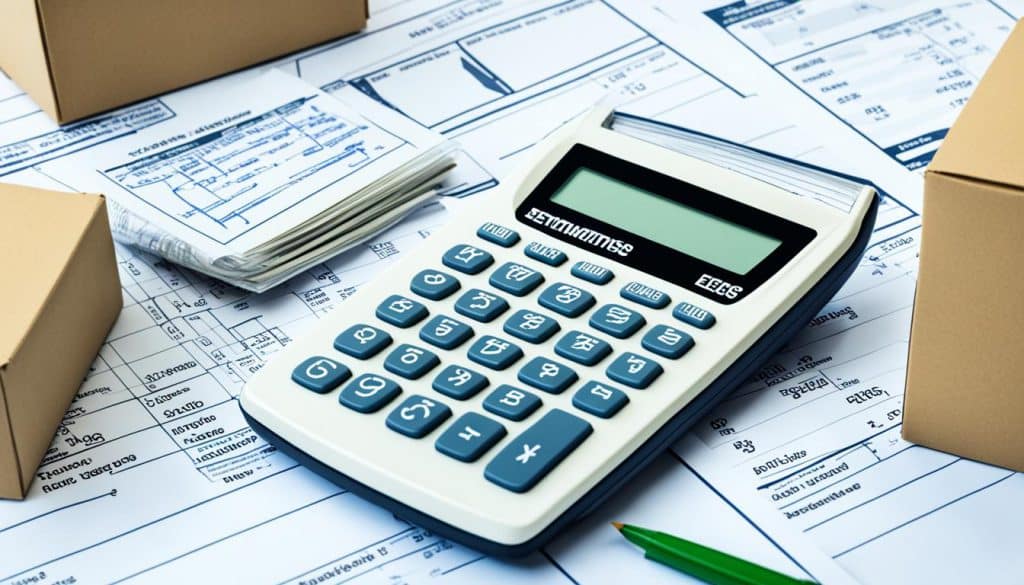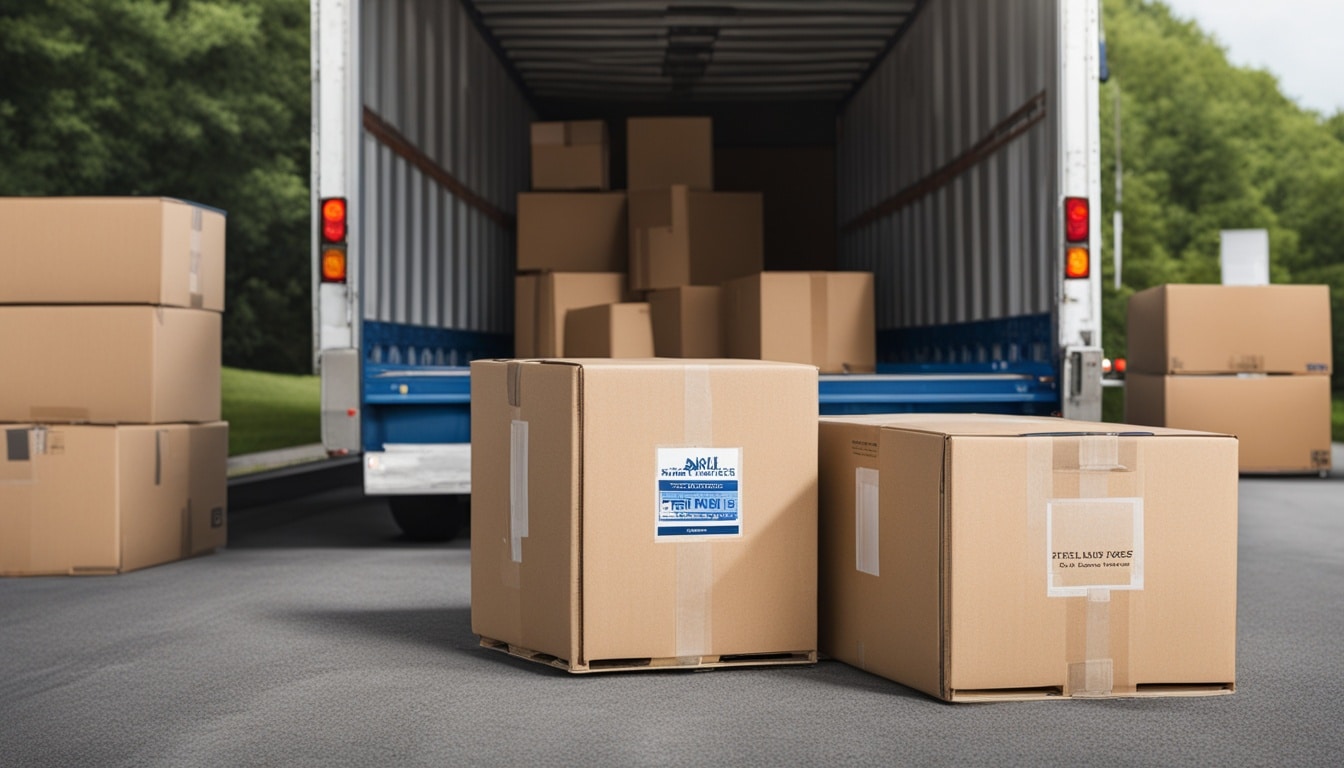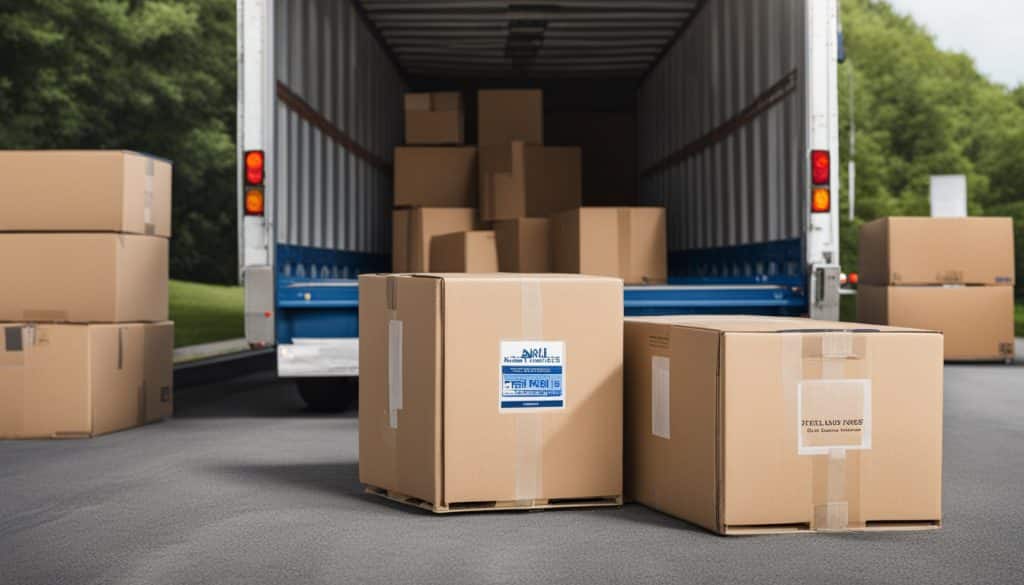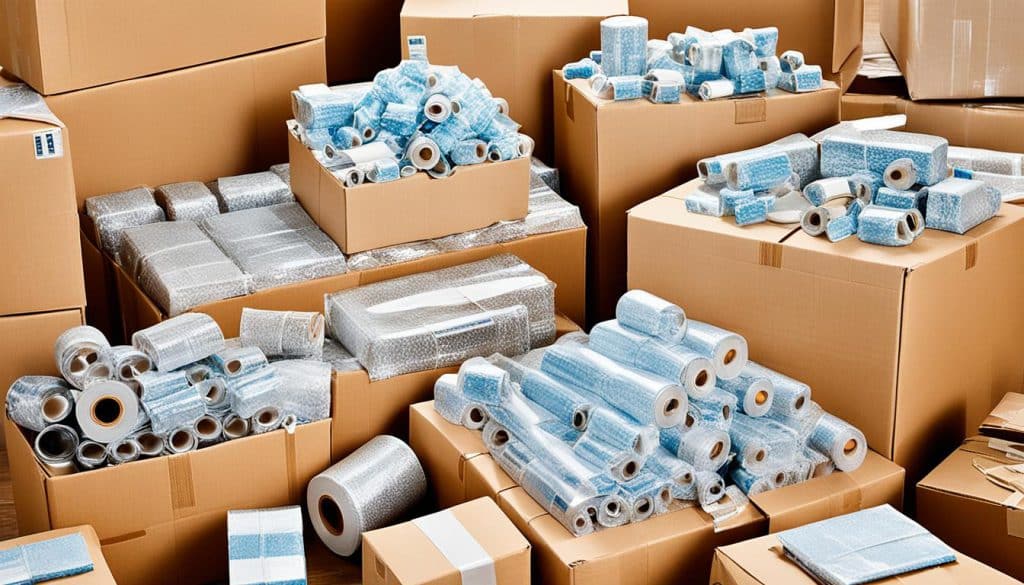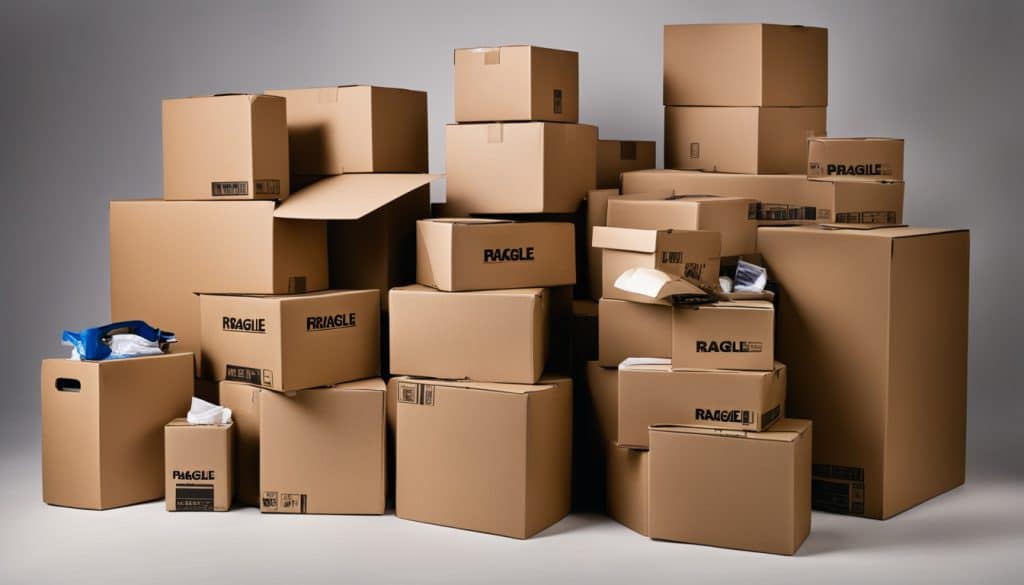Effortless Relocation: Proven Packing Strategies for a Stress-Free Cross-Country Move
Did you know that in 2020, nearly 31 million people moved across the country? Many moved for work or to save money. Good packing tips are key to getting your stuff safely to your new home.
Having a good plan can make moving less stressful. It helps you settle into your new place faster.
Moving across the country needs careful planning and the right methods. Start by decluttering and reducing the weight of your items. Then, manage your packing well and pick the right supplies.
Doing this protects your things and makes moving easier. Follow these expert tips for a smooth move.
Packing Essentials: Must-Have Supplies and Strategies
For a smooth long distance move, you need the right supplies and smart advice. Here's what you should get and how to pack well for a move across the country.
Gathering Packing Supplies
Start collecting strong boxes, bubble wrap, packing tape, and markers six weeks before moving. These are key for protecting your stuff. Make sure you have enough for all your items, so you don't have to buy more later.
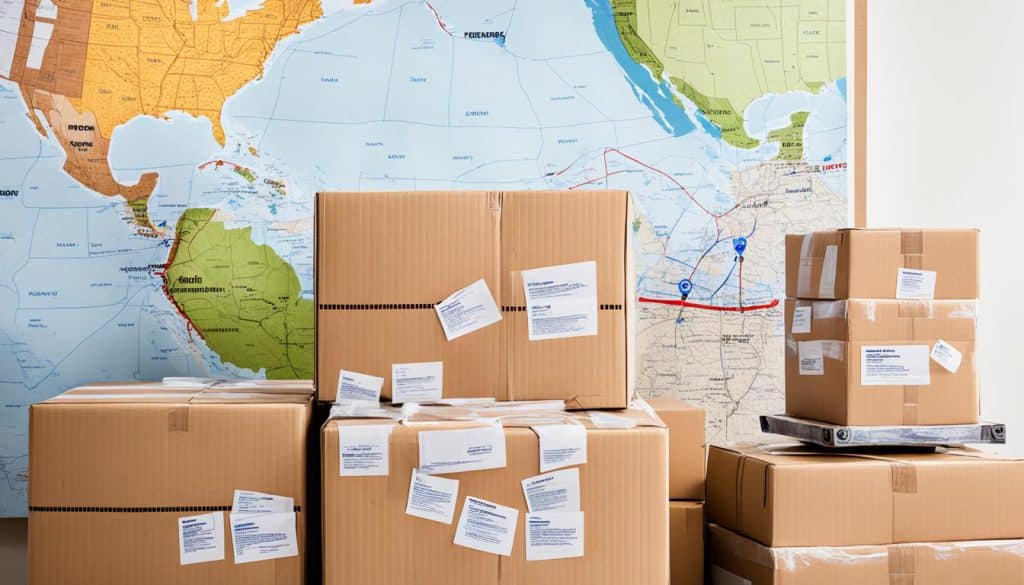
Using Suitcases, Drawers, and Wardrobe Boxes
Use suitcases and drawers to save space. Wardrobe boxes keep clothes on hangers, which saves time later. Put heavy things like books in small boxes to not overload them.
Disassembling Furniture
Take apart big furniture to save space and protect it. Start this a few days before moving. Keep all the small parts in bags with labels. This helps use space well and keeps your furniture safe.
Labeling and Cataloging Boxes
Good labels make moving easier. Mark boxes with what's inside and the room it goes to. Making a list of boxes and what's in them helps too. This way, you'll know where everything is and won't lose anything.
Using these tips will make your move easy and stress-free. These strategies help you settle into your new home without trouble.
Packing Tips for Cross-Country Moves
Moving across the country needs careful planning. Decluttering and packing smart are key steps. Each step helps make moving day smoother.
Decluttering Before You Pack
First, declutter to make moving easier. Too many items mean higher costs—about $4,890 on average. Sell or donate what you don't need.
This way, you only move what's important. It saves space and money.
Time Management: Packing Ahead
Start packing a month before you move. Packing a three-bedroom house takes about five days. This careful planning helps avoid last-minute stress.
Safe and Secure Packing Techniques
Keep your stuff safe during the move. Use bubble wrap and packing paper for protection. For big items, use moving blankets.
Take apart big furniture to make moving easier. This saves space too.
Maximizing Space and Minimizing Damage
Use different box sizes for each room, like wardrobe boxes for clothes. Pack heavy and light items together for easier carrying. Using portable moving containers can save money and space.
Follow these tips for a smoother move across the country.
Conclusion
Moving across the country needs careful planning and smart packing. Using expert tips can make it easier and more organized. You should get the right packing supplies and use smart strategies like taking apart furniture and using wardrobe boxes.
Remember, moving costs a lot of money. It can be between $2,500 and $7,000. Prices go up when moving to expensive cities. The best months to move are November and December or from late September to April.
It's also important to think about the emotional side of moving. You might feel sad saying goodbye and adjusting to a new place. Ask for extra time off and make a moving checklist to help you remember everything.
By following these tips, you can have a smooth move. This will help you start fresh in your new home.

